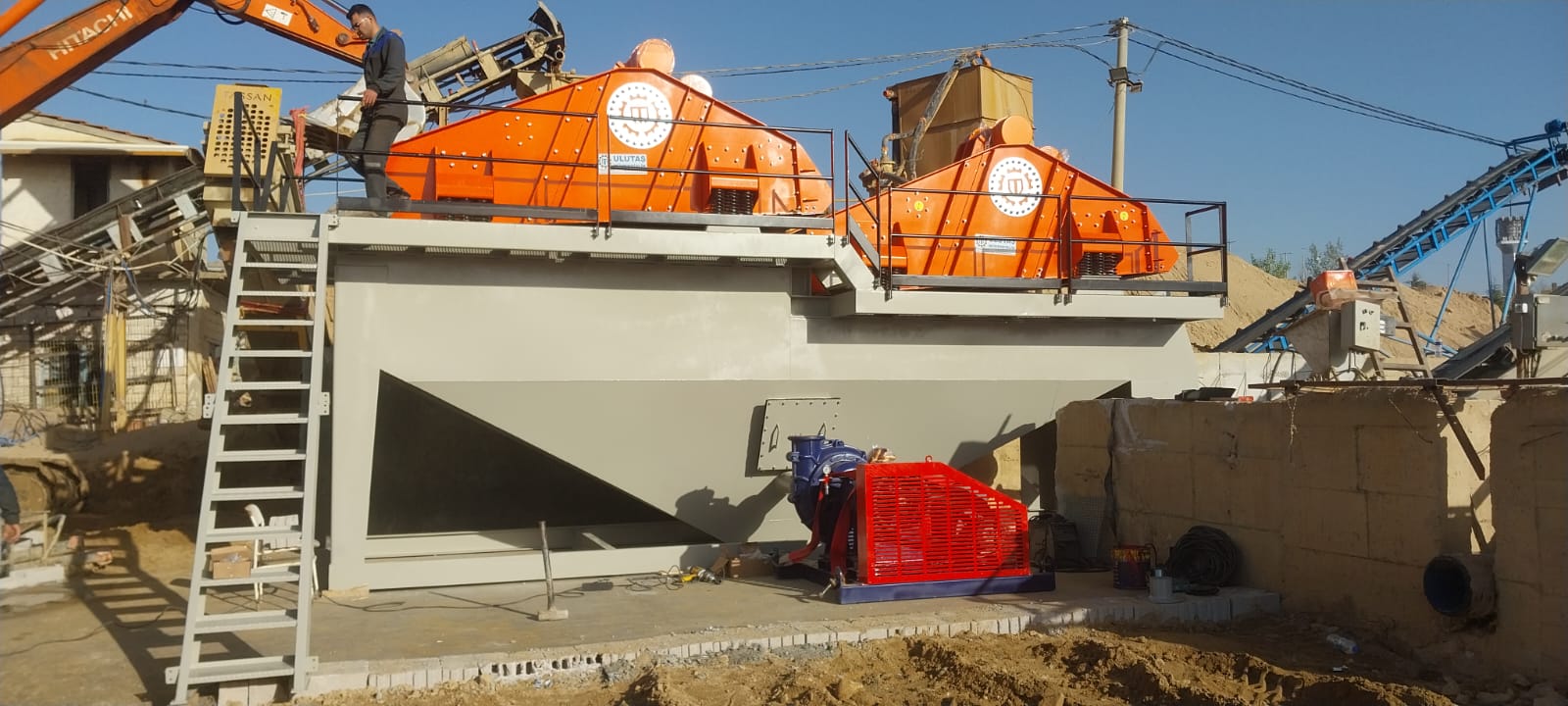
These are machines that clean finely crushed materials from mud and clay by washing them with water. They are single and double spiral. Thanks to the pocket system, it minimizes shaft and leakage.
Washing augers are important equipment used for washing and cleaning materials in the industrial and construction sectors. They are generally preferred in various areas such as quarries, sand and gravel facilities, concrete plants, cement plants and waste recycling facilities. Washing augers are designed to remove dirty or unwanted parts from the materials and ensure the cleaning of the materials. They have a drum or cylindrical structure that rotates around a spiral screw. When the material is fed into the washing screw, it is carried upwards by the spiral screw and washed at the same time. In addition to providing effective washing of materials, washing augers can also be used to separate parts of materials in contact with water. With these features, washing augers play an important role in the process of cleaning the materials and making them ready for use. Additionally, they provide an environmentally friendly solution by minimizing water consumption and increase the efficiency of businesses. Therefore, washing augers are considered an indispensable equipment for industrial enterprises.
Washing Screw Technical Specifications
| MODEL | DIMENSIONS | CAPACITY | CAPACITY | FEED SIZE | MOTOR POWER |
| UT-YKH-01 | 500×5000 | SINGLE | 10-15 t/h | 5-7 mm | 4 kW |
| UT-YKH-02 | 500×5000 | DOUBLE | 15-25 t/h | 5-7 mm | 2 x 4 kW |
| UT-YKH-03 | 600×6000 | SINGLE | 25-30 t/h | 5-7 mm | 5.5 v |
| UT-YKH-04 | 600×6000 | DOUBLE | 30-60 t/h | 5-7 mm | 2 x 5.5 kW |
| UT-YKH-05 | 750×7000 | DOUBLE | 60-80 t/h | 5-7 mm | 2 x 5.5 kW |
| UT-YKH-06 | 800×8000 | DOUBLE | 80-100 t/h | 5-7 mm | 2 x 7.5 kW |

Dewatering screens are important equipment used in industrial facilities or wastewater treatment plants. These screens are designed for dewatering liquid-containing materials or wastewater and separating solid waste. The dewatering process results in reducing the liquid phase and concentrating the solid phase, thus reducing the waste volume and making waste disposal more economical.